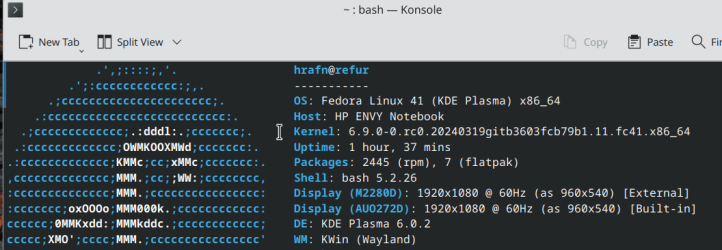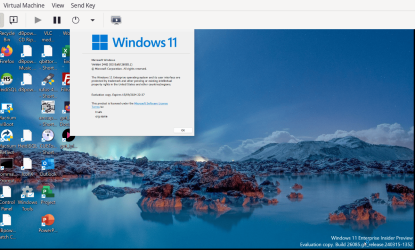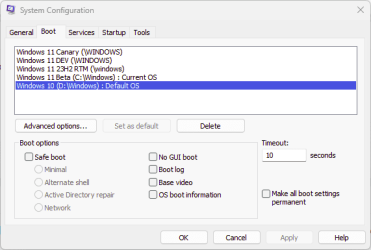- Local time
- 6:43 PM
- Posts
- 177
- OS
- Windows 11 Pro
May be some issue in the bootloader at dual boot.try dual booting with a Linux Distro ? Most will not run with Secure Boot enabled. I cannot even get Linux to run on my NUC with Secure Boot Enabled.
What Linux flavor(s) and version is that?
The latest releases tested here all seem to support it.
Running Fedora, CentOS Stream, Alma, Linux Mint here with no issues.
Clonezilla live (Debian - Ubuntu) also detects secureboot and boots properly.
My Computers
System One System Two
-
- OS
- Windows 11 Pro
- Computer type
- PC/Desktop
- Manufacturer/Model
- Intel NUC
- CPU
- i3 8109U
- Motherboard
- Intel
- Memory
- 16GB DDR4 @2400
- Graphics Card(s)
- Intel Iris Plus Graphics 655
- Sound Card
- Intel / Realtek HD Audio
- Monitor(s) Displays
- LG-32ML600M
- Screen Resolution
- 1920x1080
- Hard Drives
- Intel SSD 250GB + Samsung QVO SSD 1TB
- PSU
- Adapter
- Cooling
- The usual NUC airflow
- Keyboard
- Logitech Orion G610
- Mouse
- SteelSeries Rival 100 Red
- Internet Speed
- Good enough
- Browser
- Chromium, Edge, Firefox
- Antivirus
- Windows Defender
-
- Operating System
- CentOS 9 Stream / Alma / Rocky / Fedora
- Computer type
- Laptop
- Manufacturer/Model
- TOSHIBA
- CPU
- Intel i7 4800MQ
- Motherboard
- TOSHIBA
- Memory
- 32GB DDR3 @1600
- Graphics card(s)
- NVIDIA Quadro K2100M
- Sound Card
- Realtek HD Audio
- Monitor(s) Displays
- Built-in
- Screen Resolution
- 1920x1080























